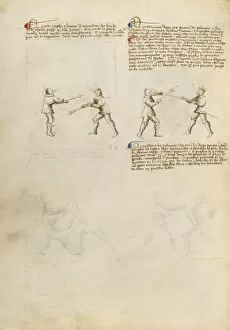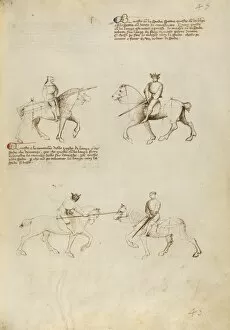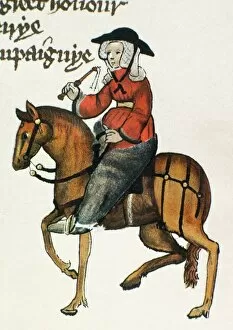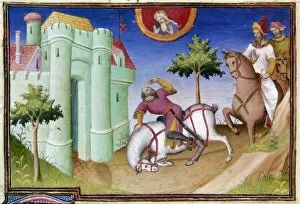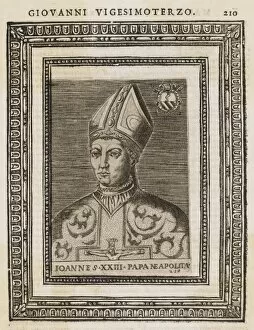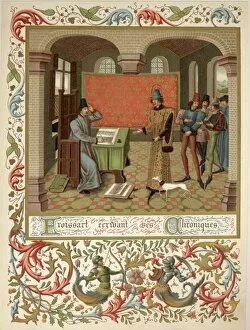1410 Collection (page 4)
Step back in time to the year 1410, a period of rich cultural and historical significance
All Professionally Made to Order for Quick Shipping
Step back in time to the year 1410, a period of rich cultural and historical significance. In literature, Geoffrey Chaucer's Canterbury Tales captivated readers with its vivid characters and tales of pilgrimage. The Wife of Bath, one of Chaucer's most memorable characters, comes to life on the pages of the Ellesmere manuscript, transporting us to a world filled with intrigue and wit. Meanwhile, in the realm of technology, IBM introduced their groundbreaking 1410 computer. This marvel of innovation revolutionized data processing and paved the way for future advancements in computing. In another corner of Europe, Thomas Hoccleve and Henry V left their mark on history. Their contributions shaped medieval England's political landscape and influenced generations to come. Across borders lies Wallonia, Belgium - home to the majestic Castle of Veves. Its ancient walls bear witness to centuries gone by; each stone holds stories untold. Within these walls resides a breathtaking fresco that captures both beauty and mystery—a testament to human creativity throughout time. As we delve deeper into this captivating era, our eyes are drawn towards a triptych depicting Virgin Mary surrounded by angelic musicians. Through artistry transcending time itself, we glimpse into the spiritual devotion that permeated every aspect of life during this period. The Castle of Veves stands as an enduring symbol amidst changing times—an architectural masterpiece that has stood tall since 1410. With each passing century it has witnessed countless lives unfold within its walls—each leaving behind whispers from days long past. Join us on this journey through history as we explore these fragments from 1410—a tapestry woven with literary brilliance, technological progressions, and artistic wonders—all waiting to be discovered.








